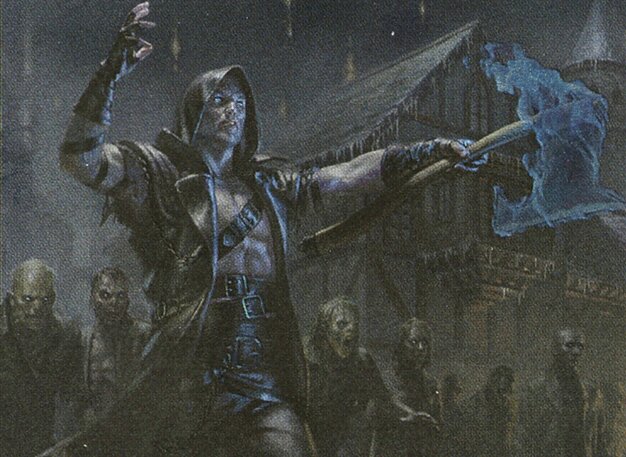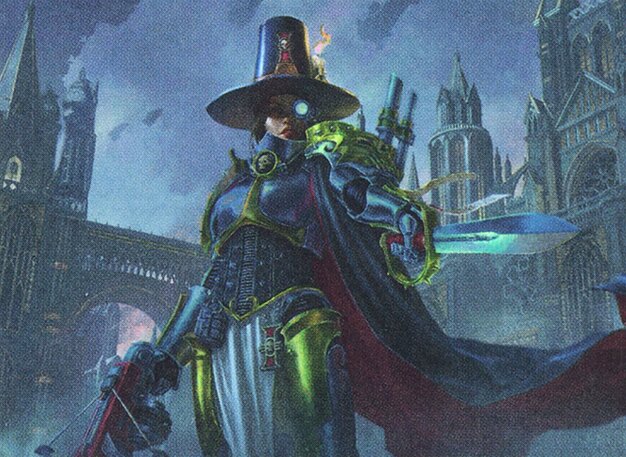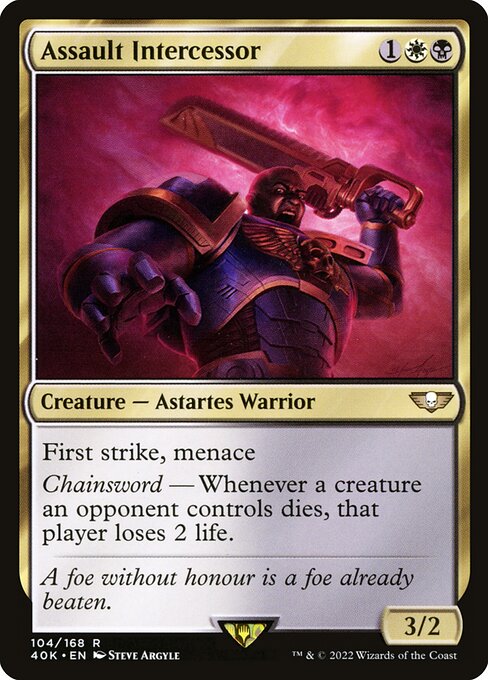Deck & Commander Strategies

Wilhelt, the Rotcleaver
Leverages zombie tribal synergies and death triggers to drain opponents' life and generate additional zombie tokens, using creatures with deathtouch and combat damage triggers to control the board.

Inquisitor Greyfax
Focuses on control elements like tapping down creatures and clue generation, combined with token production to disrupt opponents and gain incremental advantage.

Ureni of the Unwritten
Ramp into powerful dragons and leverage Eshki to draw cards and deal damage when casting large creatures, using card advantage engines and big flyers to dominate the battlefield.

Kasla, the Broken Halo
Token generation and convoke mechanics to swarm the board, ramping quickly to cast dragons and build a wide, aggressive board presence.
Gameplay Insights
- 1
Casting Breaching Dragonstorm allowed Ureni to cheat out powerful creatures and draw multiple cards via Eshki's triggered abilities, significantly accelerating their board development.
- 2
Wilhelt's deployment of death-triggered zombies and deathtouch creatures pressured opponents and punished trades, forcing careful blocking and life total management.
- 3
Token generation from Kasla and Inquisitor Greyfax created multiple bodies on the board, enabling convoke and synergy plays while also providing chump blockers and offensive threats.
- 4
Players leveraged ramp spells and mana rocks to accelerate into their key threats, demonstrating the importance of early resource development in preconstructed decks.
- 5
Combat decisions, such as attacking specific opponents and sacrificing smaller tokens to trigger life loss effects, showcased strategic targeting to maximize damage outputs.
Notable Cards
-

Breaching Dragonstorm
-

Assault Intercessor
-

Undead Alchemist
-

Arcane Signet
Gameplay Summary
The game started with each player developing their mana base and establishing early board presence using preconstructed decks.
Wilhelt, the Rotcleaver, focused on zombie synergies and death triggers, deploying creatures like Diraph Captain and Undead Alchemist to pressure opponents and generate value through combat and milling.
Kasla, the Broken Halo ramped steadily, casting dragons and token generators such as Dragon's Horde to build a threatening board.
Ureni of the Unwritten aimed to ramp into powerful dragons and draw cards through creature spells, while Inquisitor Greyfax played more control-oriented spells with tokens and tapping effects, leveraging clues and disruptive elements to slow opponents down.
A key turning point was when the Breaching Dragonstorm enchantment entered the battlefield, enabling Ureni to cast powerful creatures for free and generate card advantage through Eshki, which rewarded casting large creatures with damage and draws.
The board state became more interactive with token generation, combat damage triggers, and strategic attacks targeting life totals and board control.
The players navigated trading creatures and leveraging death triggers, such as Assault Intercessor's life loss and Wilhelt's incremental zombie token production, to maintain pressure.
Ultimately, the game revolved around managing tempo through efficient ramp, creature synergy, and timely attacks.
The win conditions focused on overwhelming opponents with aggressive creatures and death triggers or leveraging powerful dragon spells and card advantage engines to outvalue opponents.
The game showcased how preconstructed decks from different Magic sets can interact dynamically, with each player adapting to threats and capitalizing on their decks' unique strengths.
















![Warhammer 40k Commander decks [Commander VS 309] | Magic: the Gathering Commander Gameplay thumbnail](https://i.ytimg.com/vi/HZ99iaWk-Tk/sddefault.jpg)




































